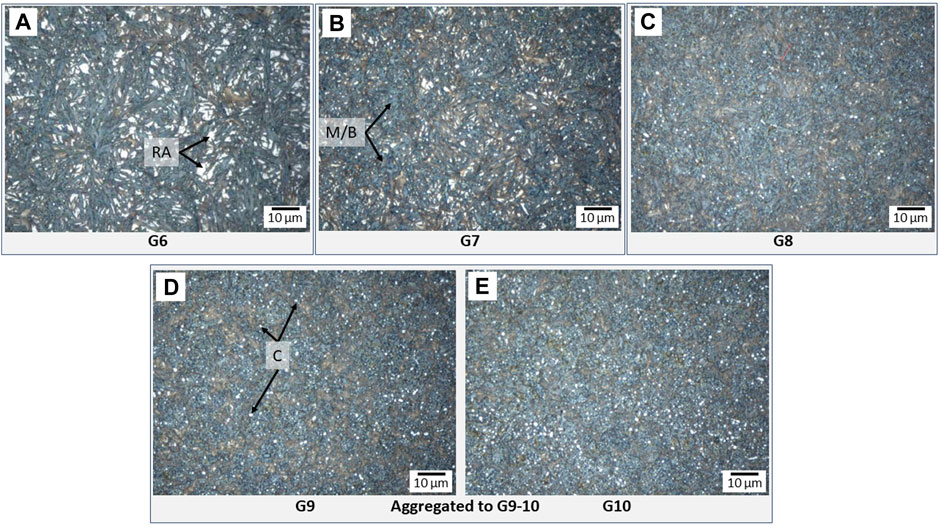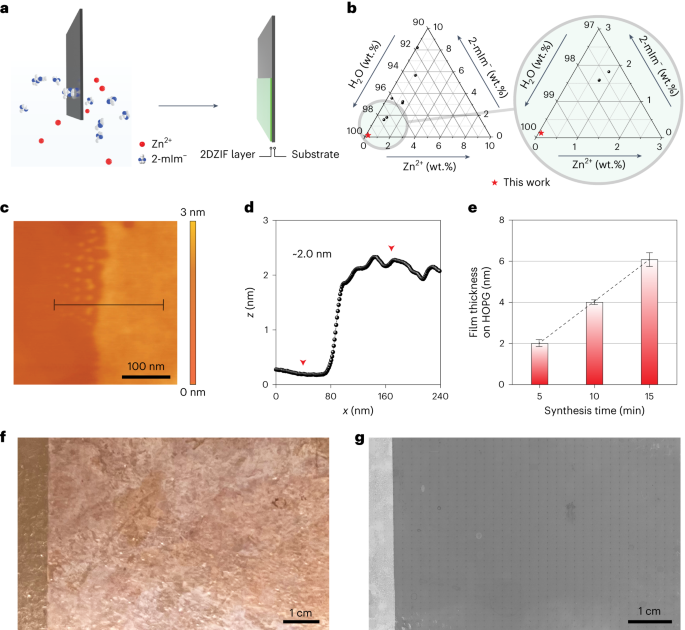2023-10-04 フラウンホーファー研究機構
◆モデルは専門家によって分類された画像データを使用してトレーニングされ、粒子サイズを客観的かつ自動的に評価します。この技術は安全に関連するアプリケーションなど、高負荷と循環負荷がかかる部品の品質管理に革命をもたらす可能性があります。
<関連情報>
- https://www.fraunhofer.de/en/press/research-news/2023/october-2023/using-deep-learning-to-classify-steel-materials-objectively.html
- https://www.frontiersin.org/articles/10.3389/fmats.2023.1222456/full
ディープラーニングを用いた鋼材の組織品質管理
Microstructure quality control of steels using deep learning
Ali Riza Durmaz,Sai Teja Potu,Daniel Romich,Johannes J. Möller,Ralf Nützel
Frontiers in Materials Published:10 August 2023
DOI:https://doi.org/10.3389/fmats.2023.1222456

In quality control, microstructures are investigated rigorously to ensure structural integrity, exclude the presence of critical volume defects, and validate the formation of the target microstructure. For quenched, hierarchically-structured steels, the morphology of the bainitic and martensitic microstructures are of major concern to guarantee the reliability of the material under service conditions. Therefore, industries conduct small sample-size inspections of materials cross-sections through metallographers to validate the needle morphology of such microstructures. We demonstrate round-robin test results revealing that this visual grading is afflicted by pronounced subjectivity despite the thorough training of personnel. Instead, we propose a deep learning image classification approach that distinguishes steels based on their microstructure type and classifies their needle length alluding to the ISO 643 grain size assessment standard. This classification approach facilitates the reliable, objective, and automated classification of hierarchically structured steels. Specifically, an accuracy of 96% and roughly 91% is attained for the distinction of martensite/bainite subtypes and needle length, respectively. This is achieved on an image dataset that contains significant variance and labeling noise as it is acquired over more than 10 years from multiple plants, alloys, etchant applications, and light optical microscopes by many metallographers (raters). Interpretability analysis gives insights into the decision-making of these models and allows for estimating their generalization capability.



